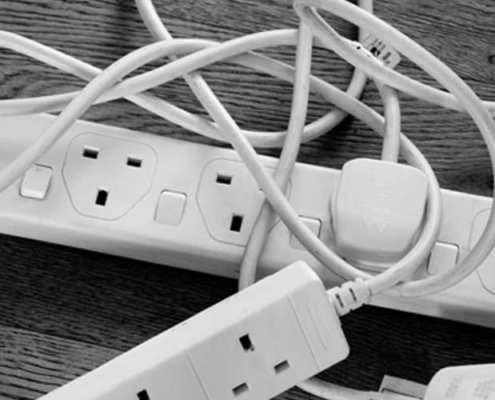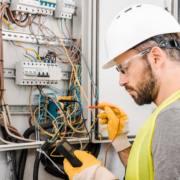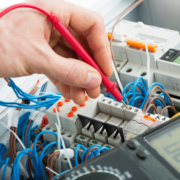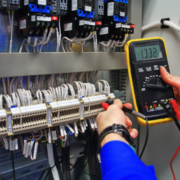Common Electrical Problems
Common Electrical Problems around the Home
We rely on electricity like no other form of energy when it comes to powering our homes. Ovens, hot water and lighting are just three examples of how our homes rely on electricity. But electricity is not without its problems. And, due to the ubiquity of electrical appliances in the home, these problems can soon mount up.
Electricity, of course, can be dangerous when it’s not regulated correctly. So, to prevent a serious injury, it’s important that you understand when something is wrong. Thankfully, you don’t need a degree in electrical engineering to identify these problems.
What Are the Most Common Electrical Faults?
It’s likely that, even with the most modern homes, you will encounter multiple electrical faults every year. Some, of course, will be serious whereas others will be considerably less dangerous. Nonetheless, it’s important to identify them, so let’s take a look at the most common electrical problems around the home:
-
Old, Faulty Wiring:
One of the most dangerous electrical faults is the presence of old wiring. Much like any consumable product, wiring is prone to deterioration and can soon fall into an unsafe state. Insulation can break down and expose live wires. Older wiring can be of a low amperage unable to cope with modern demand. All of this can increase the risk of electrical shock and fire damage. Updating electrical panels to a higher amp capacity and inspecting any intermittent faults is crucial.
-
Electric Shocks:
The most obvious electrical fault is the one which discharges electricity through our bodies: the electric shock. They most commonly occur when turning electrical devices on or off. It’s always difficult to determine whether it’s faulty wiring or down to the device itself, but the best way to identify this is by consulting with an electrician.
-
Circuit Breakers Tripping:
A circuit breaker is in place to prevent surges in electricity. These surges are most often caused by the simultaneous use of electrical appliances using large amounts of electricity e.g. microwaves and tumble dryers. When the circuit breaker trips the supply of electricity is instantly cut off. This can be inconvenient, but is easily avoided by understanding which items run off which circuit. This knowledge will allow you to limit the usage of items on the same circuit at the same time.
-
Frequent Light Bulb Failures:
It’s always irritating to be left in the dark and we feel this most keenly when light bulbs fail. But sometimes this can happen too regularly for comfort. These failures will usually be limited to one light fixture and this indicates a specific fault with that fixture. These faults may be down to issues such as the supplied wattage being too high or faulty wiring going to the fixture. And, in these cases, it’s best to contact an electrician to investigate further.
-
Electrical Surges:
An electrical surge is any sudden increase in current or voltage through an electrical circuit. While these surges only last for a fraction of a second they can, over time, cause serious damage to your circuits. The most common cause of these surges tends to be a faulty electrical appliance. And the best way to identify the piece of equipment is by removing each one from the electrical supply and monitoring for future surges.
Who to call for electrical problems
It goes without saying that you shouldn’t attempt to fix electrical faults unless you are a qualified electrician. Electricity can be incredibly dangerous, and safety should always be the number one priority. Once you identified that you have one of these common faults, or any other electrical problem, call in an expert to be sure it is fixed quickly and safely.
If you suspect you have any electrical faults please give a call
Call us now: 01923 587 586










